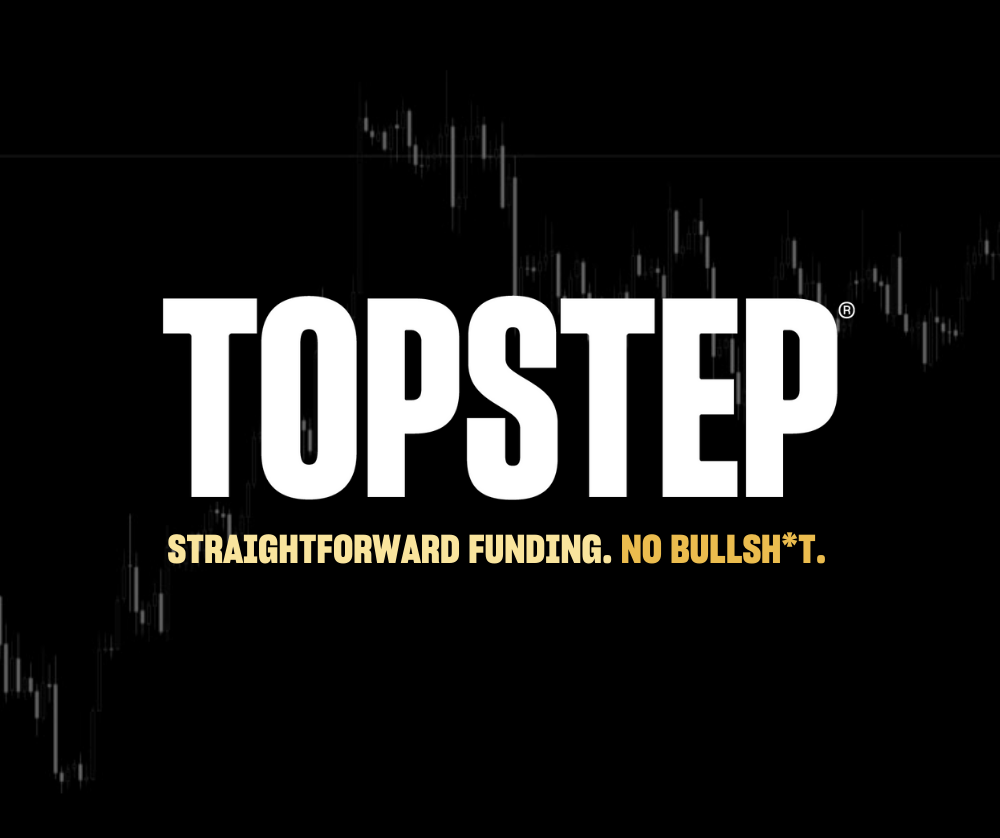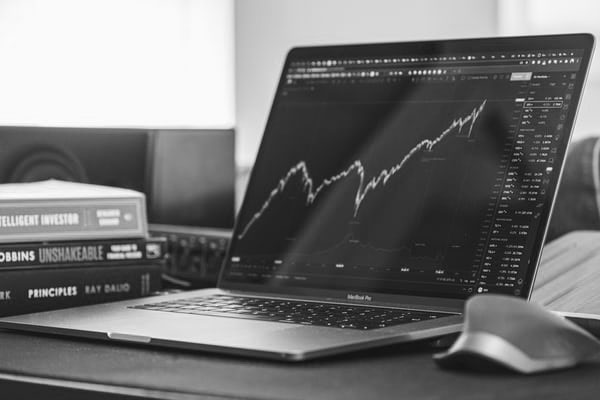Why Futures and Commodity Prices Move
In their quest to make money from the futures markets, few traders stop to think and ask themselves a fundamental question, “Why do futures and commodity prices move?”
We accept that most of the time, futures and commodity prices move in a relatively orderly manner. Traders tend not to worry about why that is. It just is.
Did you ever stop to think about:
- Why don’t prices remain unchanged?
- In a given market, why must price move at all?
- For that matter, when it does move, why doesn’t it move just randomly?
How is it we don’t see the Crude Oil futures trade at 49.99 one moment, 70.89 the next, and 5.00 just after that?
Many explain price moves as a result of supply and demand, but supply and demand for what, exactly? A crude oil trader is trading futures contracts and not crude oil itself. Sure, if you hold the futures ‘till expiry, you are going to end up taking delivery of the actual oil, but most traders don’t do that. The futures contracts you trade are created and eliminated as people trade with each other. In other words, the supply is effectively infinite for futures. So how does an imbalance of supply and demand cause movements in the price? If we consider stocks, there are a limited number of shares issued, so that limited resource becomes a concern. However, most of the time, scarcity in shares is not a factor driving price and is not the cause of each change in price.
Supply and Demand Or Matching Buy Trades With Sell Trades?
There is a theory that the price rises because there are more buyers than sellers, but that isn’t practical. The markets where we trade have one purpose, and that’s to match buyers with sellers. Each trade requires that both be present. As each transaction is both a buy and a sell, the number of contracts that traders buy and sell remains the same.
So what magical power is making prices rise or fall the way they do? Why do separate markets move at different paces? As a case in point, why does Gold at times move with greater volatility than the US Treasuries?
The reason is “Liquidity.”
Picture the market as if it were a tall building with no stairs. As prices rise, they break through the ceiling above to the next level. As prices fall, they push down through the floor. Wherever we are in a market, there is also a ceiling above and below, a floor. These floors and ceilings are created by limit orders, also known as bids and offers, and also what people refer to as liquidity. Each market is different. Some of these barriers are thinner (as with DAX, Crude, or Gold), while markets such as the US Treasuries, Eurostoxx 50, and US Equity indices see much thicker floors and ceilings.
Learn More About Enhancing Your Trading Edge at Jigsaw Trading.
The job of pushing through those floors and ceilings is performed by market orders, which consume that liquidity, effectively leaving the barrier thinner. Market orders eat away the liquidity until there is none left at that level. The next market order then starts to consume the liquidity at the next level and at that point, the price has moved. Level by level up or down the building, price progress by market orders consuming liquidity.
Figure 1 – Jigsaw Daytradr Depth and Sales. We can see how market orders consume or not, the ceilings above and the floors below.
Know The Difference Between Historical Trade Data and Real-Time Market Data
It is important to note that when we look at the price on a chart, what we are seeing is the last traded price. It is only history and is not the same price we will buy or sell. The specific price at which we buy or sell will be the inside bid or the inside offer price. As a result, it should be clear that at any time, the market has two prices, the price we can sell at and a different price we can buy.
This is also going to be impacted by how keen we are to buy or sell. Should we buy at the market (consuming seller liquidity) or join the bids (providing liquidity)? The former guarantees we buy immediately, but the latter means we have to wait our turn in the queue and possibly miss out on a trade.
Figure 2 – The bids show us the buyer liquidity (buy limit orders), and the asks (offers) show us the seller liquidity (sell limit orders). The inside market shows us the price we can buy or sell at the market.
In the above image, we can see:
- The last price we traded was 3225.
- Inside Bid Price – the price you will get if you sell at the market is 3225.
- Inside Ask (or Inside Offer) Price – the price you will pay if you buy at the market is 3225.25.
We require only 40 market orders to sell, to “eat down” the inside bid. Should that happen, the inside bid will go down to 3224.75. We similarly require 155 market orders to buy, so we can “eat up” the offer. Should that happen, the inside offer would rise to 3225.50.
Recognize Trading Liquidity With The DOM
Unfortunately, we cannot simply look at the liquidity and determine where the market will go next. With experience, you come to realize that liquidity is often fake, and it disappears as the price comes close to it (called spoofing). At times we also find some liquidity remains hidden and increases as we trade there (a practice known as ‘iceberg’).
Figure 3 – Traders became trapped at the pullback.
Now consider the 6th and 7th columns. These columns show how many buy market orders and how many sell market orders traded at each price. The high for the session was at 3225, we break higher, made new highs at 3226.75, and then pulled back, retesting the previous high/resistance, now support, at 3225. We traded 592 buy market orders at 3225.25. However, we were unable to go higher again. The fact was that buyers consumed the sell-side liquidity, and as they consumed it, the sellers added more and more. Finally, buyers at that price were trapped, and then price began to go down – partly because buyers exited the market using sell market orders (stops), which consumed buy-side liquidity and partly because opportunistic sellers came in when they saw the trapped traders when they saw there was no one supporting the 3225 area. While sellers started to consume the buy-side liquidity, there were no buyers, and there were no orders refreshing. Prices continue to move down from that point, down to 3214.25.
The displayed liquidity is certainly a key factor in determining volatility, but liquidity consumption is more important because it tells us how much of the liquidity was real. When buyers “eat up” the sell-side liquidity, but prices can no longer rise, those buyers become trapped. In fact, for thicker markets, this kind of trap can happen at a single price; however, in thinner markets (like DAX and Crude), such traps will usually take place over a consecutive series of prices. This is known as absorption. It’s recognized by exceptionally high volume trading at an individual or consecutive prices.
The Context In Trading Order Flow
When we discuss “context” in trading, we generally refer to an area we want to make a trade or our overall bias. These absorption events are significant from an Order Flow perspective, and “In context” is enough to give you a signal to enter a trade. One great upside of this is, should the trade fail, it will become apparent the moment it crosses that absorption area against you. After all, if they break through the level we thought they were trapped at, they weren’t trapped at all. The risk to reward ratio is excellent, even if you don’t win every trade.
Next Up
Stay tuned for Part 2, where we will evaluate pullbacks and liquidity vacuums.
Learn More About Enhancing Your Trading Edge at Jigsaw Trading.
Peter Davies is CEO of Jigsaw Trading and an active order flow trader in S&P 500 futures.




